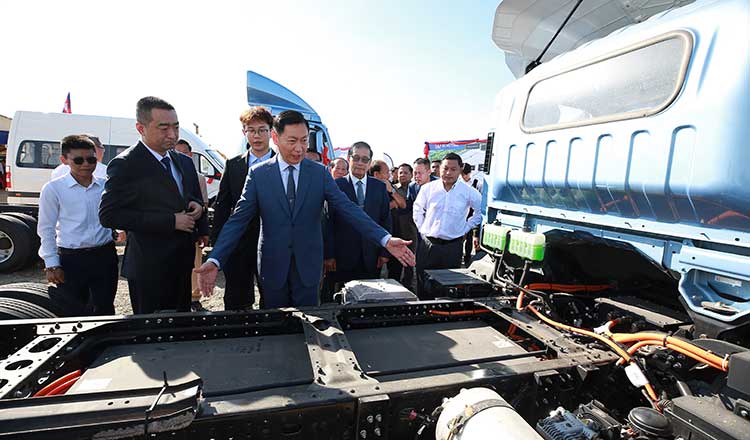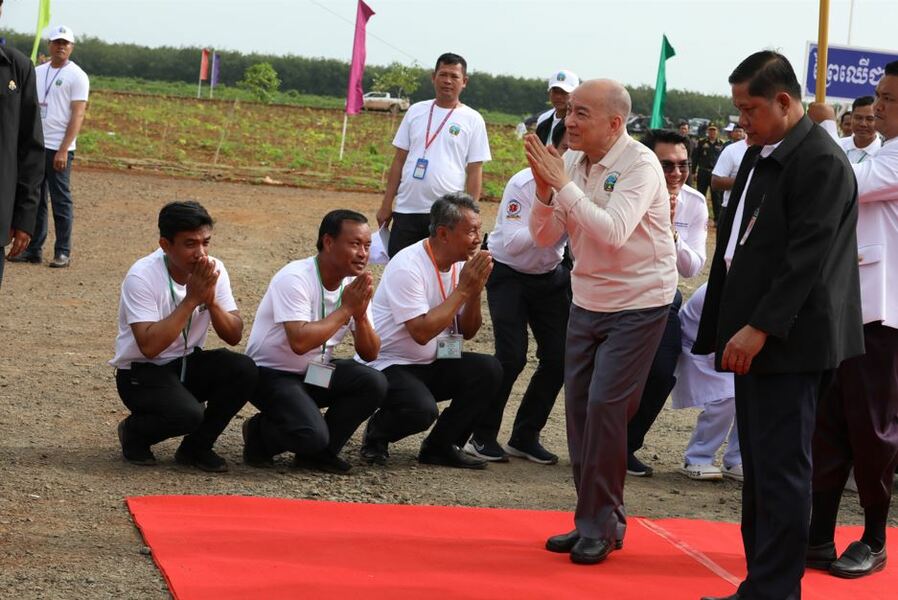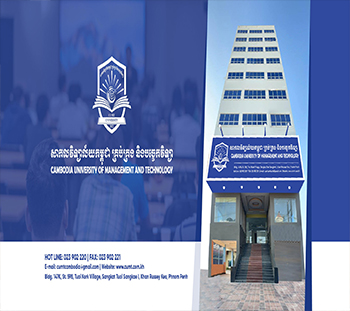
Energetic future: Minister Keo Rattanak outlines ambitious renewable goals

Minister of Mines and Energy Keo Rattanak has unveiled the government’s bold strategies to propel Cambodia towards its ambitious target of generating at least 70% of its energy from renewable sources by 2030. This initiative represents a significant commitment to environmental sustainability and economic growth.

Speaking during an interview after the groundbreaking ceremony for ZO Motors (Cambodia) Co Ltd’s new vehicle assembly plant in Pursat province on Sunday, Rattanak expressed optimism about achieving this goal.
“Currently, Cambodia generates 62% of its clean energy, with some contributions from Laos, and by 2030, we are committed to achieving at least 70%. So, we need only eight additional percent,” he said.

Cambodia has highlighted the crucial role of renewable sources such as solar, wind, hydro, and biomass in meeting Cambodia’s environmental and economic objectives.
Rattanak added that stability and support for renewable energy projects are essential. “We can achieve this goal; firstly, we need stability and peace and shouldn’t oppose all renewable energy projects,” he explained, referring to hydropower and wind energy projects.
He also noted that opposition should be limited to specific issues like cable connections or deforestation for electricity access.
With strong public support, Rattanak believes Cambodia can surpass its 2030 targets. He urged against listening to critics who dismiss the potential of renewable projects.
“Cambodians shouldn’t listen to some extremists who always think negatively about the possibilities of these projects,” he said.
Reflecting on the country’s progress since January 7, 1979, Rattanak recalled Cambodia’s initial state of desolation. “After the liberation day, Cambodia had empty hands – without schools, pagodas, or even a single cable access – but now we have everything. There are no reasons we can’t achieve our goals in the next eight years,” he said.
Under Prime Minister Hun Manet’s leadership, the government is undertaking significant reforms to support these objectives, he added.

ASEAN principles require member countries to source 35% of their energy from clean or renewable sources by 2030 – a target Cambodia has already exceeded, reaching 62% this year.
To address future power supply issues and prevent blackouts, Cambodia has developed a Power Development Plan (PDP) for 2022-2040, underscoring its commitment to sustainable energy development.
The master plan developed in cooperation with the Asian Development Bank, outlines a comprehensive strategy for advancing the country’s power sector. The plan, guided by a technical working group and approved by an inter-ministerial committee, provides a roadmap for meeting future energy demands while focusing on sustainability and efficiency.
The three main objectives: to ensure reliable and affordable electricity supply, enhance energy security by reducing dependency on imports, and increase the share of clean energy. The plan includes demand forecasts, generation expansion, and strategies for transmission and distribution.
Cambodia’s power demand has surged from 508 Megawatts (MW) in 2012 to 2,026 MW in 2021, with a notable annual growth rate of 19%. Under a Medium Demand Growth scenario, electricity demand will reach 24 Terrawatt hour (TWh) by 2025 and up to 66 TWh by 2040. The National Energy Efficiency Policy aims to significantly reduce energy consumption across various sectors, which is expected to moderate future demand projections.
It outlines five planning scenarios for generation expansion, including a mix of coal, hydro, and renewable energy sources. Scenario 4 was selected as the final plan, emphasising renewable energy and efficiency while excluding additional coal plants and large hydropower projects on the Mekong River.
By 2040, the domestic power mix will include a substantial portion of photovoltaics and hydro energy, alongside significant energy savings from efficiency measures.
During a visit to the 120MW Stung Atay hydropower dams in O’Som commune, Veal Veng district, Pursat Province’s provisional governor Khoy Rida described Pursat as the “battery” of Cambodia due to its renewable energy infrastructure.
The South Korean-owned SPHP (Cambodia) Co Ltd is constructing the $231 million, 80MW Stung Pursat I hydropower dam, which is expected to be operational by 2026. Located in Pramuoy commune, Veal Veng district, this will be the second hydropower project in the area.
Rida noted, “For Pursat province alone, we are currently using only 30MW of our 120MW electricity capacity.” He commended the government’s efforts in advancing renewable energy production.
In a bid to stabilise energy supply and reduce prices, the National Assembly approved last year the construction of six clean-energy plants with a total capacity of 670MW.
This includes four photovoltaic solar panel power projects: Lucky Solar Power Co Ltd’s 80MW plant in Prey Veng, and Snetec Co Ltd’s projects in Pursat (150MW), Svay Rieng (60MW), and Kampong Chhnang (60MW).
At the 28th Conference of the Parties to the United Nations Framework Convention on Climate Change (COP28) in Dubai, Cambodia reaffirmed its dedication to combating climate change through various proactive measures.
The country announced plans to replace a 700MW coal-fired power plant project with a cleaner LPG power plant and to develop a new reservoir dam expected to generate 1,000MW of clean electricity by 2028.
Cambodia is committed to increasing its renewable energy share to 70%, focusing on photovoltaic solar panels, hydropower, and wind energy. The government is also implementing a comprehensive Clean Cambodia strategy, which involves over three million citizens in efforts to reduce plastic pollution and manage solid and liquid waste.
The government has also reaffirmed its opposition to the establishment of new coal-fired power plants in the country.






